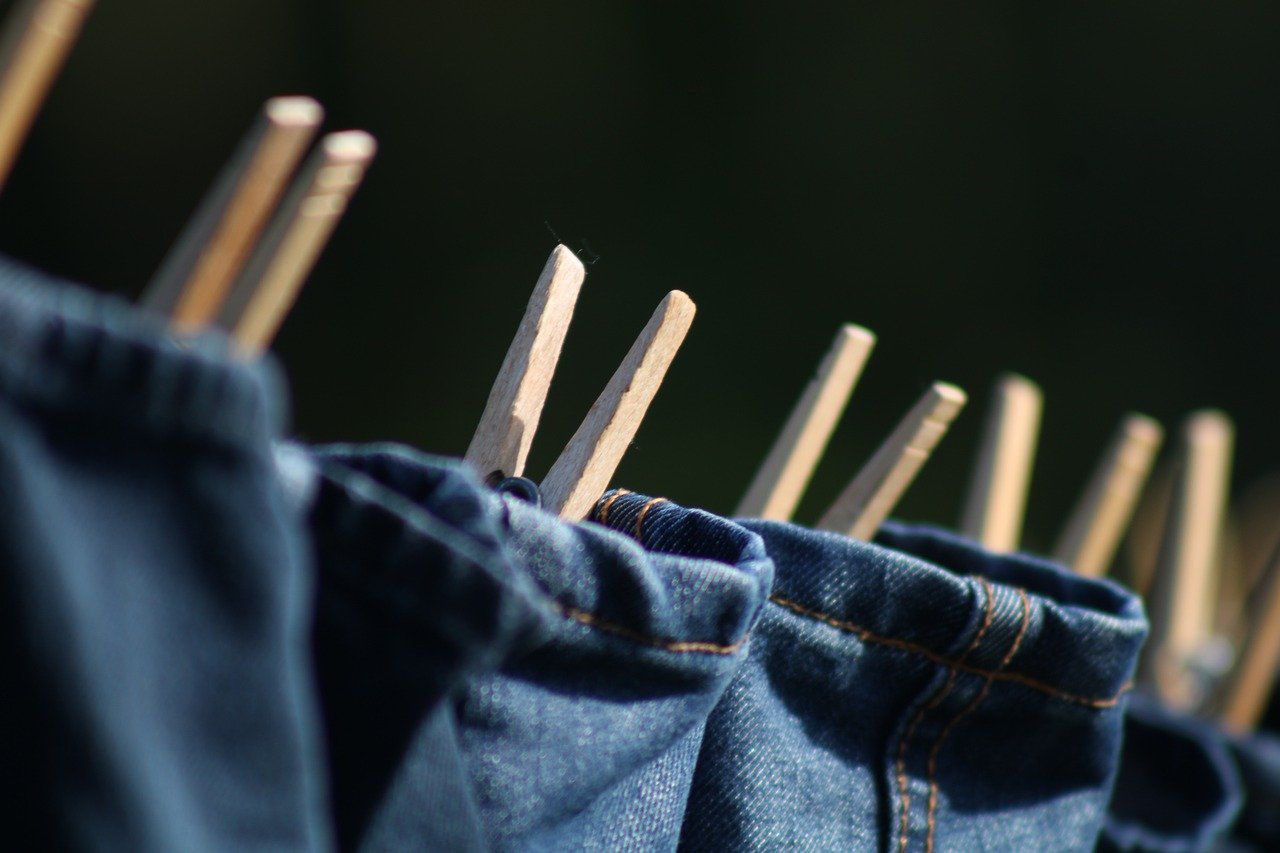When drying clothes after washing them, lots of people want them to dry faster, so they place them near heaters.
While it can actually make your items dry faster, it's not a great idea - it can potentially damage your clothes, or even cause real danger.
Here are a few reasons why you shouldn't do that.
Fire Hazard
Heaters, whether electric or gas-powered, can reach high temperatures.
Placing wet clothes too close to heaters increases the risk of accidental contact, which can lead to a fire.

This is a severe safety concern for both you and your home. It's especially risky with portable space heaters or radiant heaters.
Humidity and Mold
Heaters can make the air very dry, especially during the winter. However, drying wet clothes near a heater introduces moisture into the air.
This increased humidity can create conditions that promote mold growth in your home.
Mold can be harmful to both your health and the integrity of your living space.
Longer Drying Time
Paradoxically, drying clothes directly next to a heater can slow down the drying process.
Heaters warm the air around them, but warm air can hold more moisture.
This means that the air may become saturated with humidity more quickly, making it harder for your clothes to release their moisture.
As a result, it may take longer for your laundry to dry.
Wrinkling
The high heat near heaters can also lead to clothes becoming wrinkled or damaged, especially delicate fabrics.
This can mean more ironing or clothing maintenance.
Conclusion
In conclusion, drying clothes near heaters is not a recommended practice due to the risks of fire, energy wastage, potential mold growth, extended drying times, and possible damage to your clothing.
To dry your clothes safely and efficiently, it's better to use a drying rack, clothesline, or a dedicated dryer if available.
These methods are more energy-efficient and help maintain a healthier indoor environment.









